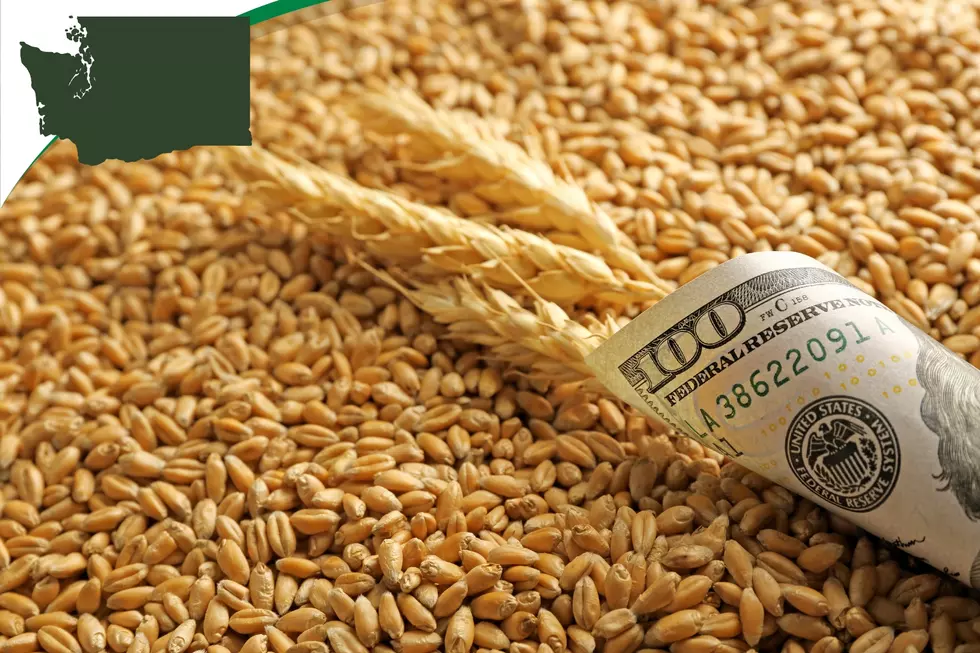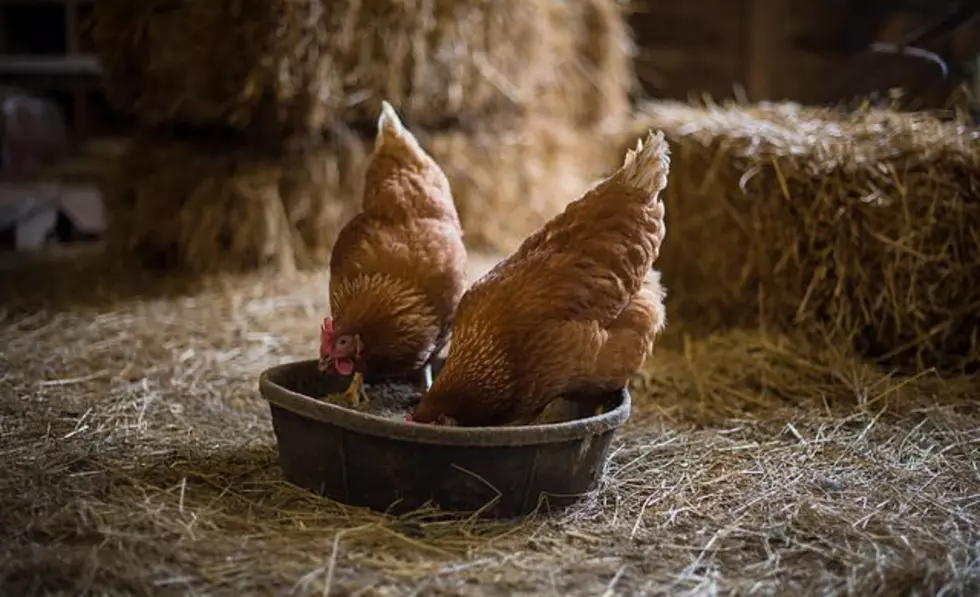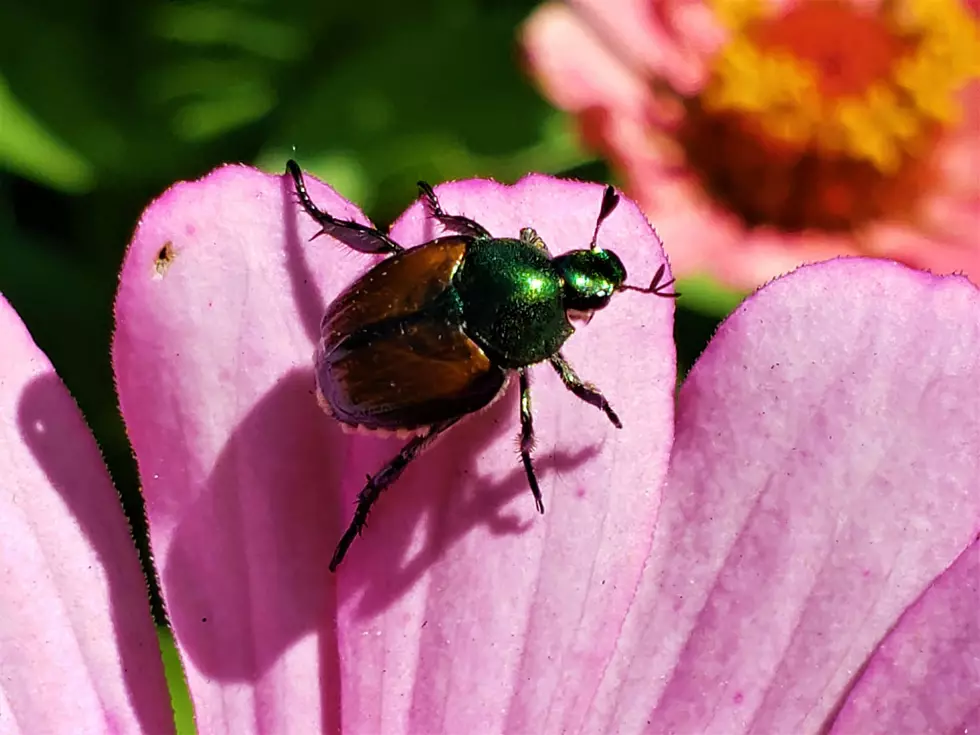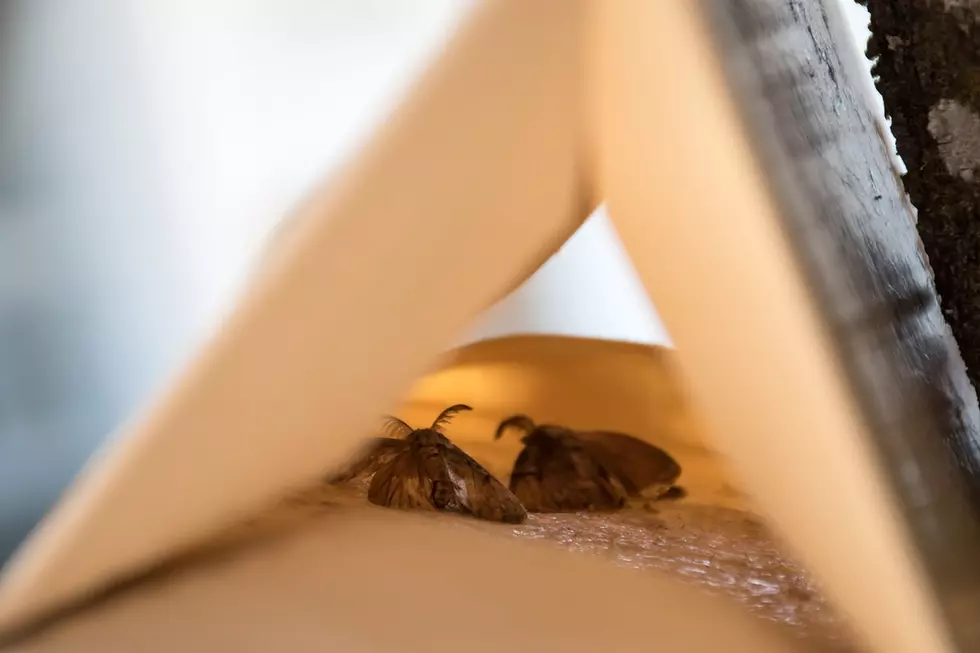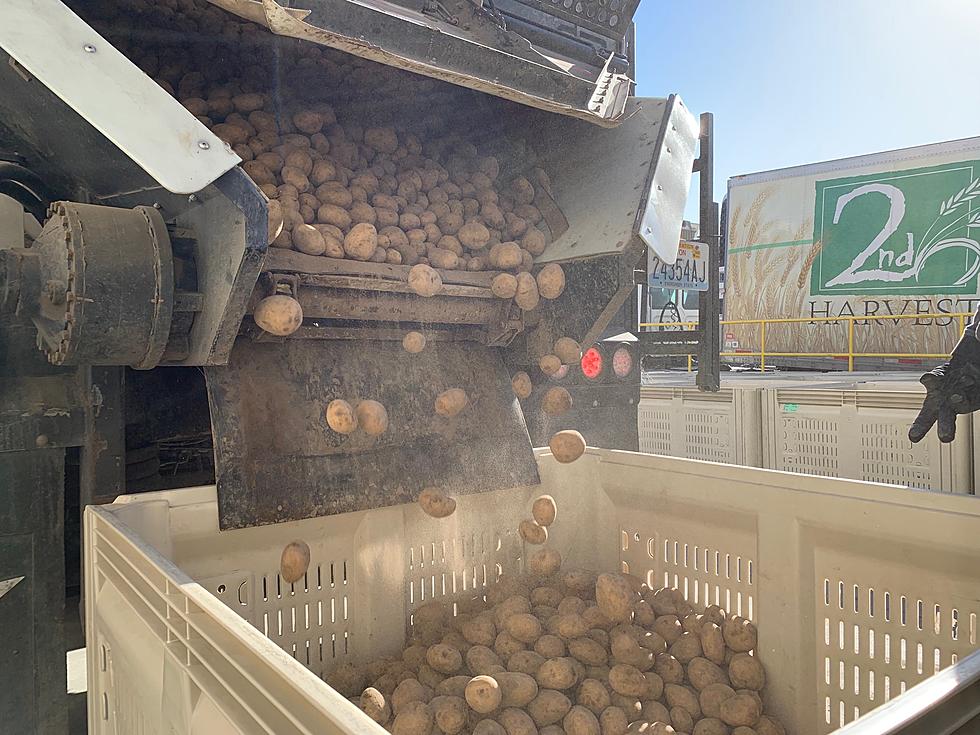
Gypsy Moths Caught by WSDA at 22-Year High
The Washington State Department of Agriculture has released the numbers from the gypsy moth trapping program this summer and nabbed more than have in 22 years, including finding an infested tree.
Karla Salp with WSDA said they put out roughly 30,000 traps this year, mostly in Western Washington, but that it’s important for Inland Northwest producers to be aware of what’s happening.
“A lot of the people that are travelling to Western Washington with those infested items drive right through Eastern Washington to get here. So the egg masses that are on those items, they can potentially fall off and infest there or if somebody moves to Eastern Washington they have the same problem with a new introduction with gypsy moths in Eastern Washington.”
Increases in gypsy moths in Washington tends to align with increases in the previous year or two on the East Coast as people travel across the country.
Salp calls gypsy moths one of the most destructive pests for apple trees in particular, but also for other trees and it’s important for the WSDA’s work on tracking them to know where they are.
“The No. 1 thing you can do is if you see one of our gypsy moth traps, leave it alone. Don’t disturb those traps because our grid system where we put those traps out make sure that we have comprehensive coverage throughout the state in all of the most likely places where gypsy moths are going to be introduced.”
Salp said that gypsy moths can’t fly over the mountains from Western Washington to Eastern Washington yet, but if there is an establishment in that part of the state, it makes it easier for them to accidentally be transferred over.
If you have a story idea for the Washington Ag Network, call (509) 547-1618, or e-mail krounce@cherrycreekradio.com.
More From PNW Ag Network
